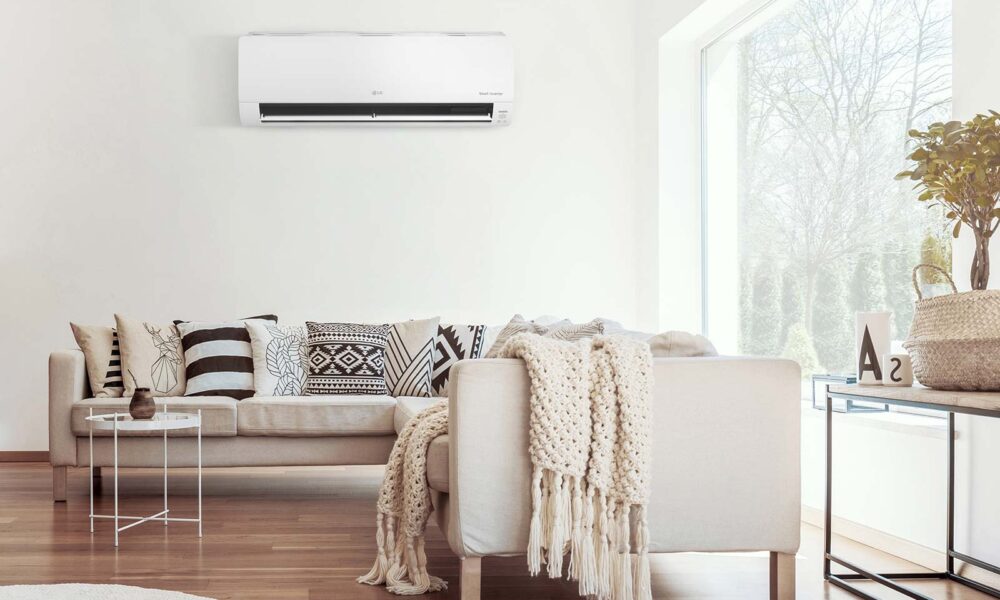Choosing the Right AC Installation for Your Home's Layout

Choosing a new cooling system can be overwhelming, but Pelican Heating & Air makes it easier by helping homeowners match their AC installation to their home’s unique design. Not all homes are built the same—neither should their air conditioning solutions be. Selecting the right system requires careful consideration of your home’s size, structure, insulation, and lifestyle needs.
A one-size-fits-all approach rarely delivers ideal comfort or efficiency. Installing the wrong unit can lead to uneven temperatures, frequent breakdowns, and higher energy bills. Whether you’re replacing an outdated system or installing for the first time, making the right choice is key to long-term comfort and satisfaction.
From system size and ductwork to zoning and energy efficiency, understanding the factors that impact AC performance will help ensure the best outcome. With professional guidance, you can avoid costly mistakes and get the most out of your ac replacement or installation project.
Evaluating Your Home’s Layout and Cooling Needs
Every home has a different set of cooling demands. Factors such as ceiling height, square footage, window placement, and the number of floors all affect how air circulates. A system that works well in a single-story ranch home might struggle to evenly cool a two-story colonial with multiple rooms.
During the planning stage of your AC installation, it’s essential to evaluate these variables. An oversized unit may cool the space too quickly without removing enough humidity, leaving rooms feeling damp or clammy. An undersized system, on the other hand, will struggle to keep up and wear out faster due to overuse.
Professional load calculations ensure that your system is properly matched to your home’s cooling requirements. Pelican Heating & Air performs detailed assessments to make sure homeowners receive a system that fits—not just physically, but functionally.
System Type Matters: Central, Ductless, or Hybrid?
Today’s homeowners have more options than ever when it comes to cooling systems. Central AC systems remain a popular choice, but they may not be ideal for every structure—especially older homes without existing ductwork.
For those seeking a less invasive solution, ductless mini-split systems offer targeted cooling without major renovations. They’re especially beneficial in homes with additions, converted garages, or rooms that always feel too hot or too cold.
Hybrid systems are another option, combining different technologies to optimize energy use and comfort. The right choice depends on your home’s layout, insulation quality, and your personal preferences. Consulting an expert ensures your AC installation matches your goals and budget.
Considering Future Needs with AC Replacement
If you’re replacing an old system, don’t assume a like-for-like swap is the best move. Homes evolve over time—new additions, energy-efficient windows, and upgraded insulation all impact your cooling load. Your next AC replacement should reflect these changes for better performance.
Modern systems offer improved efficiency ratings, quieter operation, and smart technology integration. Investing in a system with a higher SEER (Seasonal Energy Efficiency Ratio) can reduce monthly utility bills while providing better climate control throughout the home.
Pelican Heating & Air ensures every ac replacement is approached with fresh calculations and up-to-date evaluations. The goal isn’t just to replace what’s broken, but to improve your home’s overall cooling system in the process.
The Importance of Proper Ductwork and Airflow
Even the best AC unit will struggle if it’s paired with poorly designed ductwork. Leaks, blockages, or unbalanced air distribution can reduce system efficiency by up to 30%. During your AC installation, it’s important to assess the condition and layout of your ducts.
Airflow should be even and consistent across all rooms. If you’ve noticed hot or cold spots in the past, your ductwork may need resizing or sealing. Zoning systems can also be introduced to offer individual temperature control in different parts of the home.
In any ac replacement project, ignoring ductwork is a missed opportunity to boost performance. Ensuring your duct system supports the new AC unit is essential for optimal comfort and cost-effectiveness.
Timing and Professional Installation
Many homeowners wait until their system fails before considering a replacement, but proactive upgrades are more strategic. Scheduling your AC installation in the off-season—spring or early fall—helps avoid delays and ensures installation crews are available when you need them.
Equally important is the quality of the installation itself. A poorly installed system can underperform even if it’s a high-end model. From refrigerant charging to system calibration, every step matters. That’s why choosing a trusted installer with a track record of precision is so important.
Pelican Heating & Air brings years of experience to every installation, ensuring each detail is handled correctly the first time. Proper setup maximizes system life, performance, and energy efficiency.
Conclusion
Matching your AC system to your home’s layout is the foundation of efficient, reliable cooling. Whether you’re planning a new AC installation or upgrading through an ac replacement, Pelican Heating & Air ensures that your system fits your home and your lifestyle. With expert guidance, proper planning, and high-quality installation, you can enjoy improved comfort and lower energy bills for years to come.
Read More From Techbullion





